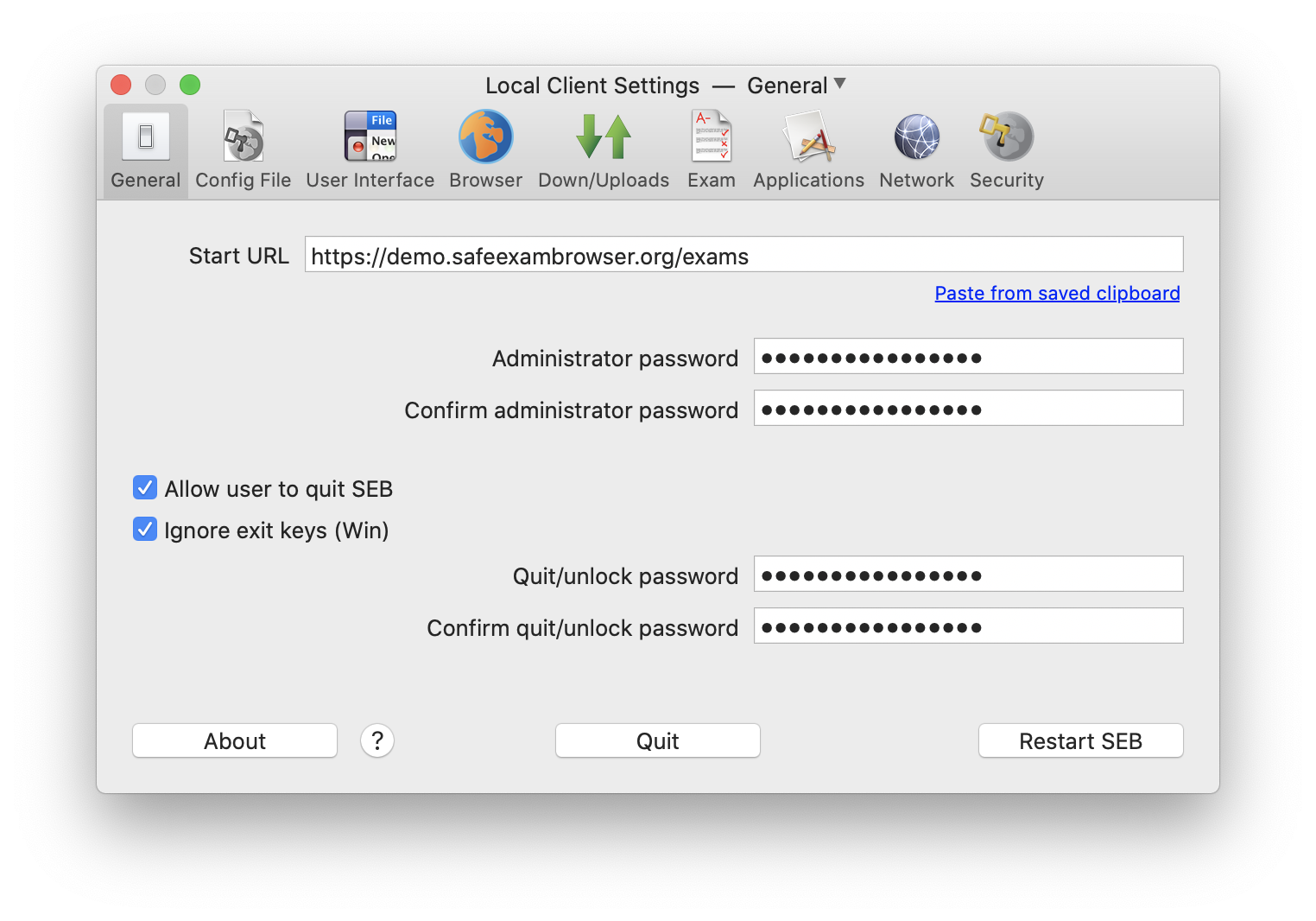
- HTML FOR LOCAL MAC IMAGE MOVIE
- HTML FOR LOCAL MAC IMAGE PDF
- HTML FOR LOCAL MAC IMAGE FULL
- HTML FOR LOCAL MAC IMAGE WINDOWS
If the second network file is also unavailable, FileMaker clients will search for the local file. If the first network file is unavailable, FileMaker clients will search for the second network file. However, because the host may not be available, you also reference two alternate files, one hosted by a different server, the other stored locally on your hard drive.
HTML FOR LOCAL MAC IMAGE WINDOWS
HTML FOR LOCAL MAC IMAGE PDF
Image or PDF files inserted into container fields using the Insert PDF script step or Insert Picture script step, respectivelyĪudio/video files inserted into container fields using the Insert Audio/Video script step Importing and exporting data using the Import Records script step and Export Records script step, FileMaker data sources, files inserted into container fields using the Insert File script step, and script steps that work with data files The following table lists all supported path prefixes and gives examples of where they can be used. For example, a variable defined with the following expression specifies the myfile.txt file in the client’s temporary folder: file:" & Get ( TemporaryPath ) & "myfile.txt" At runtime, a variable path using these functions works specifically on the current client’s platform. The file prefix can be used on any platform.īecause it can be difficult to create multiple platform-specific paths, in many cases it’s easier to use only the file prefix (without a platform ending) along with the Get(TemporaryPath) function or Get(DocumentsPath) function to specify a single path as a variable.
HTML FOR LOCAL MAC IMAGE FULL
You can use prefixes that begin with file for any full or relative path. The fmnet prefix specifies a network path to a shared FileMaker Pro file.If none of these endings are specified, the path can be used on any platform. Prefixes ending with win, mac, or linux specify the platform the path can be used on.
HTML FOR LOCAL MAC IMAGE MOVIE
Script steps that work only with specific data types require image or movie (see below) otherwise, use file.

The absolute path to a target file or folder, either local or on a remote volume, beginning at the top level of the file systemįilemac:/volumeName/directoryName/fileName The path to a target file specified from the current database’s location or from the user’s Documents folder (see notes, below)

Use multiple file paths when you want FileMaker clients to search a list of potential files.įor information on adding a FileMaker data source and specifying file paths, see Connecting to external data sources.įileMaker clients and hosts support file paths in a special FileMaker format: In most cases, each named file or FileMaker data source can consist of one or more file paths.

In many FileMaker Pro dialog boxes, you can specify file paths to an external file or a FileMaker data source.


 0 kommentar(er)
0 kommentar(er)
